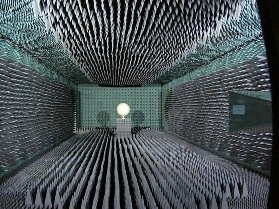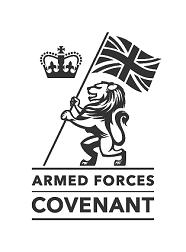|
|
|
 Specialist Recorders...
We offer a range of commercial data recorders with multimedia inputs. All our recorders are predicated on providing a
sizable window of data to enable significant pre- and post-event analysis. Built around crash-survivable philosophies
that exceed the tough aviation standards, the recorders are capable of working at extremes of pressure, temperature and
fluid/environments. The fundamental design is modular and can take a range of inputs and manage the storage
on the device in 250GB blocks to a maximum of 10TB with our current design (HERACLES), and in the near future we are
looking to break this size limit with a new design that will be based on 25TB blocks to a 200TB recorder device that is both
small and lightweight; demanding very little energy to record. These device make excellent HUMS, flight data recorders, network
fault detectors and advanced portable AV recorders not only suitable for submarines, aircraft, trains and vehicles -
but also for use in the workplace to ensure compliance to data interchange and in the ever-growing problem of data
backup. Impressive i/o rates for the inputs (discrete analogue/digital lines including A/V are limited
to 128 - 32 of these can be audio or complex analogue lines sampled at 192KHz or less by easy-to-follow configuration
tools - video handing per channel 30fps and a maximum of 32 channels at this rate - the remaining 64 lines can be sampled
at up to 64KHz. Each recorder is also fitted with a gigabit interfacing element which allows for up to four networks each
running at 200Mb/s to be fully recorded or one 1Gb/s network. The next generation will enhance this to 10Gb/s recording single
channel and up to 10 x 1Gb/s networks to be fully recorded. We work on the basis of unassigned i/o lines configured
not to record, except for one of them, which floats and collects 'static' and background noise. So hence we optimise
the available storage to the maximum for a given set of inputs and we allow for the configuration of FIFO bins in order that
a rolling window can be used for inputs that are less important than others; hence you can partition the storage into specific
stores of varying sizes and fill them with specific i/o on a time-stamped and protection-stamped basis. The recording
can be continuous, protected tail recording post power loss, event triggered (i/o line or lines - with Boolean logic or verb/datagram
control), or can be manually triggered from the front annunciator and control panel (if fitted). The front
panel has erase controls which have to be carefully sequenced and acknowledged. If the control panel is not fitted then all
control commands and downloads are via the two 100Gb/s fibre ports. The next generation recorder will have six 480Gb/s
fibre ports. Our goal to always keep the maximum configured recorder download time to under seven minutes. We are currently
researching ways to make both generations of recorders (at maximum configuration), download completely in under
one minute - which will need processing power and data switching at the levels seen by large Web server/hosting companies
in a small footprint. Even the smallest of colour cameras, say 640 pixels by 480 pixels at 25fps, will yield nearly
83GB of video per channel per hour at 24bit colour! It is sometimes imperative not to use any compression and when that is
the case you need a recorder design that is up to the job of recording such data rates and data volumes securely. Recall the inspirational landing of US Airways Cactus Flight 1549 {an Airbus A320-214}, that survived a double
air strike at approx 3,000 feet by a large flock of geese. The swift and decisive action of Capt
Chesley B Sullenberger III and his crew resulted in this successful ditch into the River Hudson. Much was learnt from
the recorders that proved the Captain and crew did exactly what they should have done and saved all lives in the process. The NTSB were able to use the Allied Signal/Honeywell Solid-State CVR in conjunction with the FDR to determine that
the captain rightly deserved all the accolades that were due. The Airbus A320-214 performed amazingly
well too - a testament to both. The use of these recordings not only can determine fault and remedy - but also serves
crucially in useful data to prevent further maladies in other (similar) craft. Sadly also closure where there is also loss
of life. Please contact us for more information about our recorders and solutions in this product area.
Enter content here Enter content here Enter content here |
AREA17: ED-155 recorders and solutions that have the grunt and storage you really need...

